Insect bites and stings are common occurrences, but for some individuals, they can lead to severe allergic reactions or even life-threatening situations. Understanding which insects pose these risks is crucial for prevention and prompt treatment. Here are 14 insect bites and stings that can cause major allergic reactions and, in extreme cases, death.
1. Honeybee Stings

Honeybee stings are typically painful and cause localized swelling. However, for those allergic to bee venom, a sting can trigger anaphylaxis—a severe, potentially fatal allergic reaction. Symptoms include difficulty breathing, swelling of the face or throat, and a rapid pulse. Immediate medical attention is essential in such cases.
2. Wasp and Hornet Stings
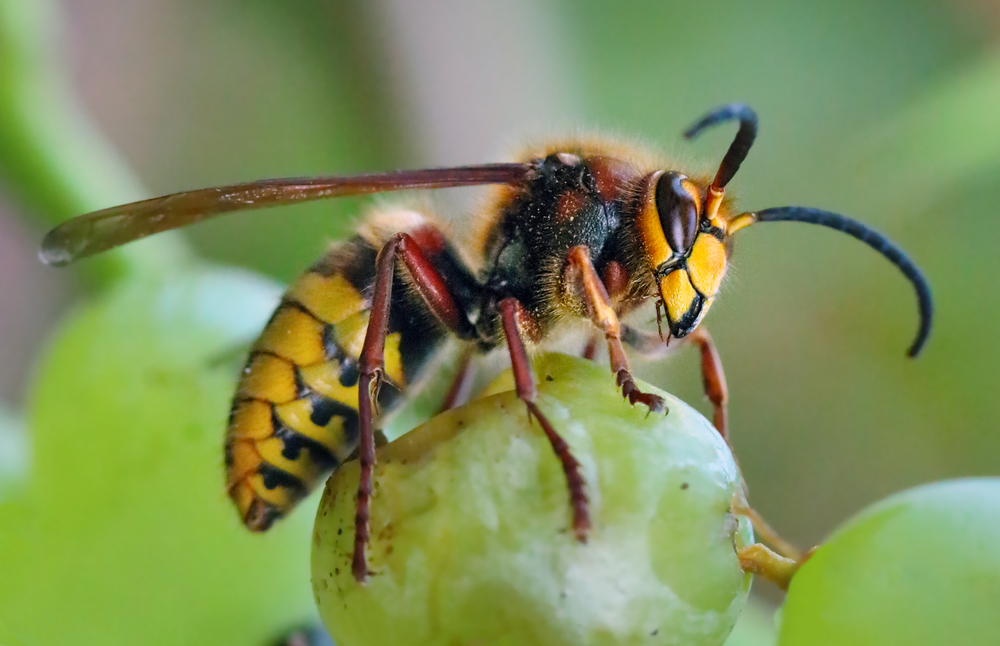
Wasps and hornets are more aggressive than honeybees and can sting multiple times. Their venom can cause severe allergic reactions in sensitive individuals, leading to symptoms like hives, swelling, and anaphylaxis. The Asian giant hornet, for instance, has been associated with multiple fatalities due to its potent venom. Carrying an epinephrine auto-injector is advised for those with known allergies.
3. Yellow Jacket Stings
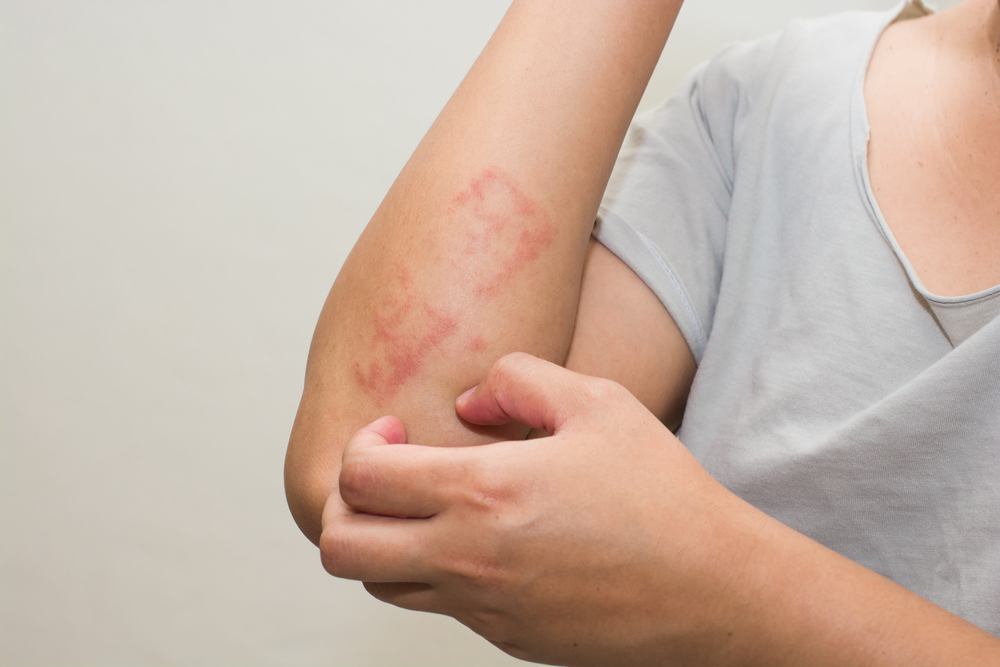
Yellow jackets are a type of wasp known for their aggressive behavior, especially in late summer and early fall. Their stings can cause significant pain and swelling. In allergic individuals, a sting may lead to anaphylaxis, requiring immediate medical intervention. Avoiding areas where yellow jackets are active can reduce the risk of stings.
4. Fire Ant Bites
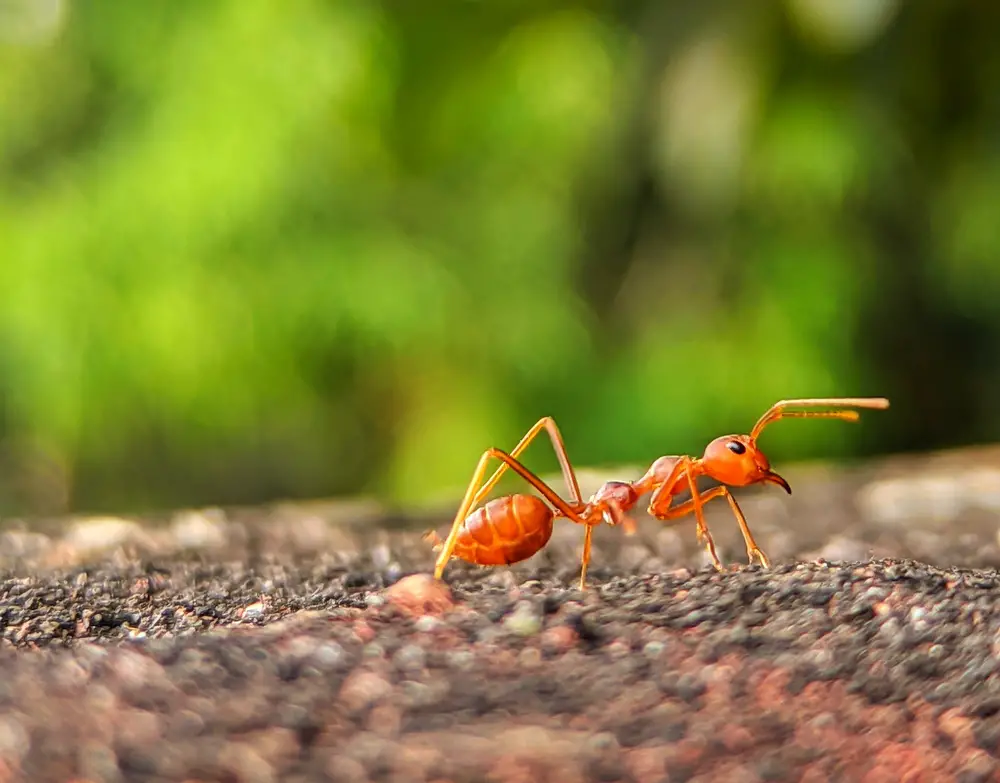
Fire ants bite to anchor themselves and then sting multiple times, injecting venom that causes a burning sensation. The stings result in red bumps that can develop into pus-filled blisters. In some cases, individuals may experience severe allergic reactions, including anaphylaxis. Prompt treatment and avoidance of fire ant mounds are crucial.
5. Africanized “Killer” Bee Stings
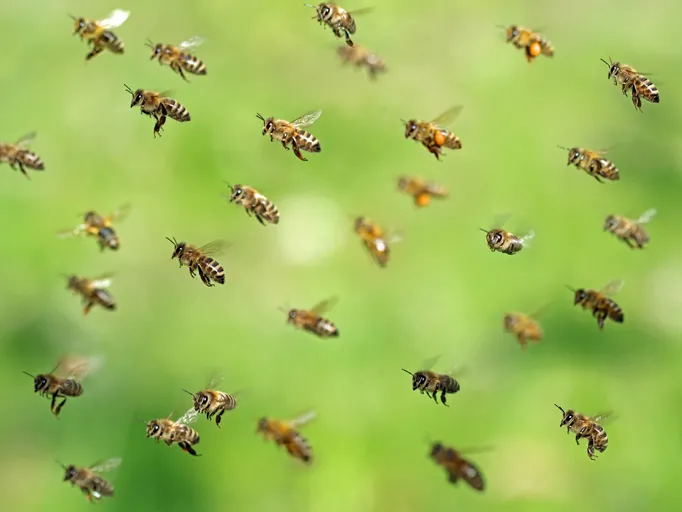
Africanized bees, also known as “killer bees,” are highly aggressive and swarm in large numbers. Multiple stings can inject significant amounts of venom, leading to severe reactions even in non-allergic individuals. For those with allergies, the risk of anaphylaxis is heightened. Avoiding disturbing hives and seeking immediate medical care if stung is vital.
6. Deer Fly Bites
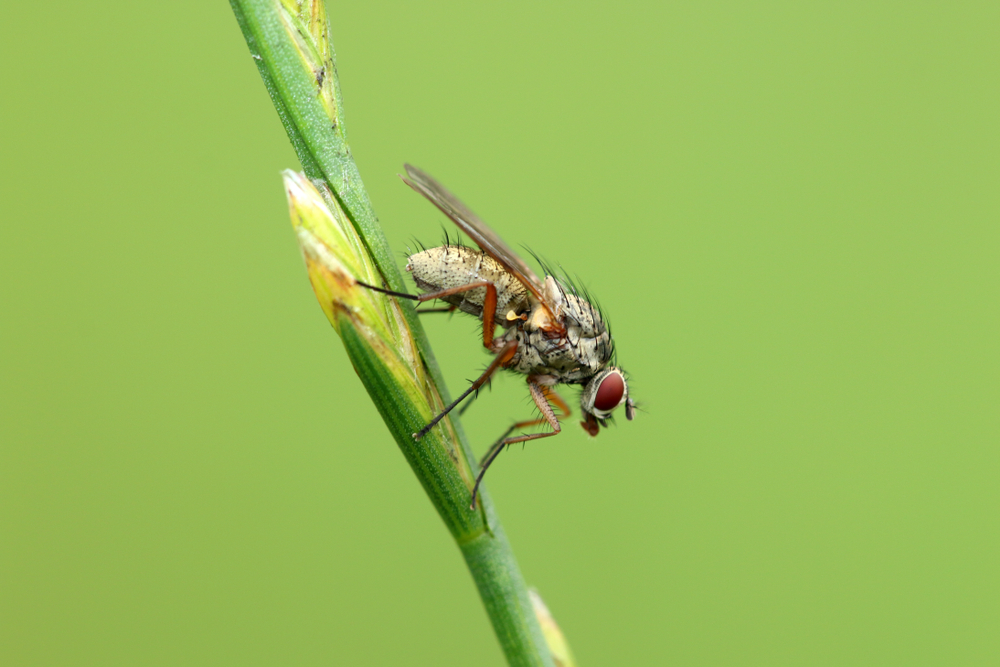
Deer flies are bloodsucking insects whose bites can be painful and lead to allergic reactions. Symptoms may include itching, swelling, and, in rare cases, more severe reactions. They are also vectors for diseases like tularemia. Using insect repellent and wearing protective clothing can help prevent bites.
7. Black Fly Bites
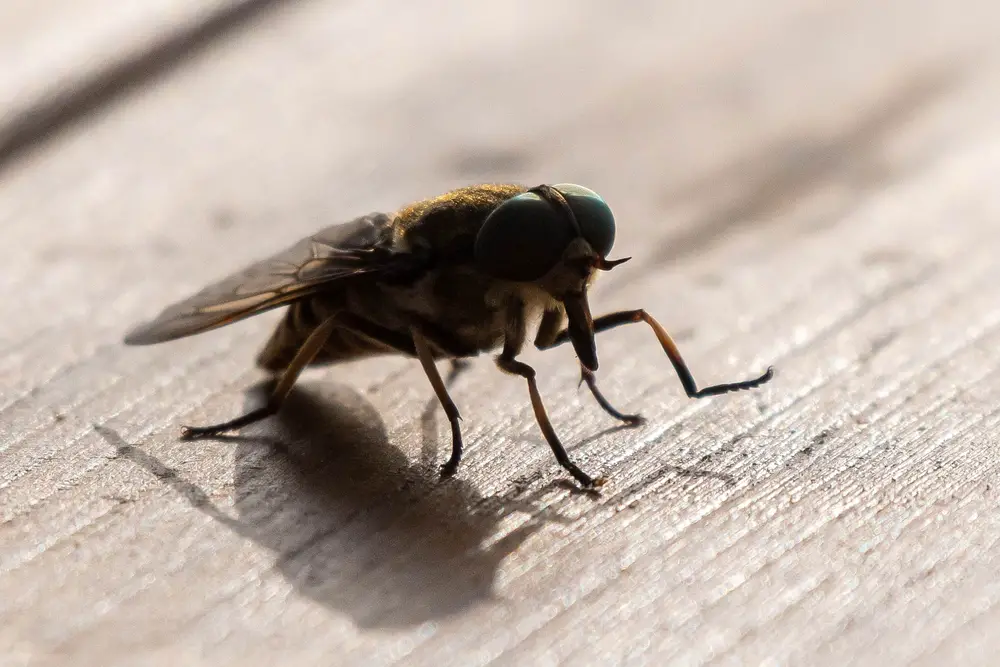
Black flies, or buffalo gnats, deliver bites that can cause significant discomfort and allergic reactions. Bites may result in swelling, itching, and, occasionally, systemic reactions like fever and nausea. In rare instances, multiple bites can lead to serious complications. Avoiding infested areas during peak seasons is recommended.
8. Sandfly Bites
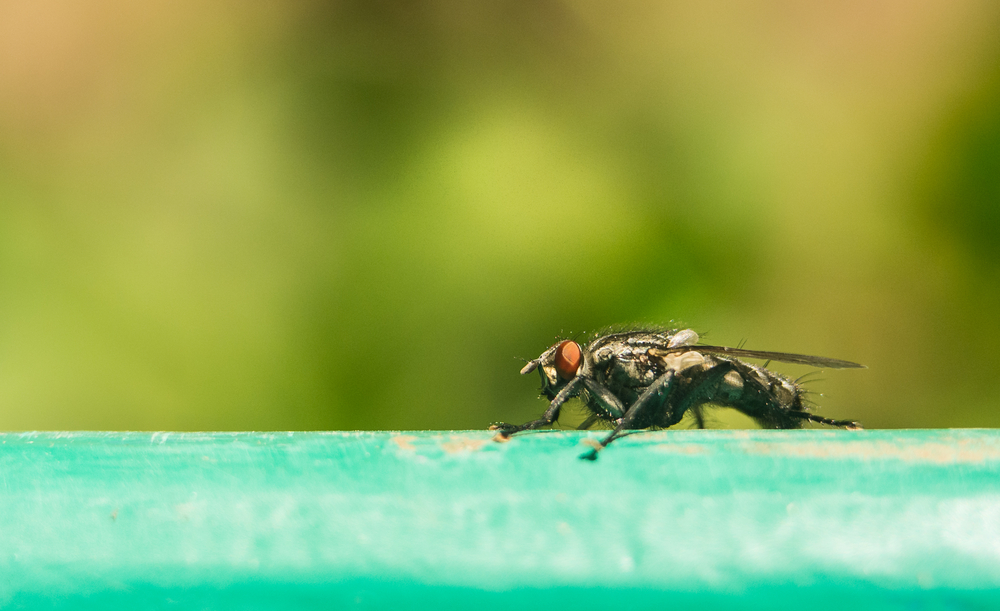
Sandflies are tiny insects whose bites can cause allergic reactions characterized by redness, swelling, and itching. They are also known transmitters of leishmaniasis, a serious parasitic disease. Protective measures include using insect repellent and sleeping under nets in endemic areas. Seeking medical attention for persistent symptoms is important.
9. Horsefly Bites
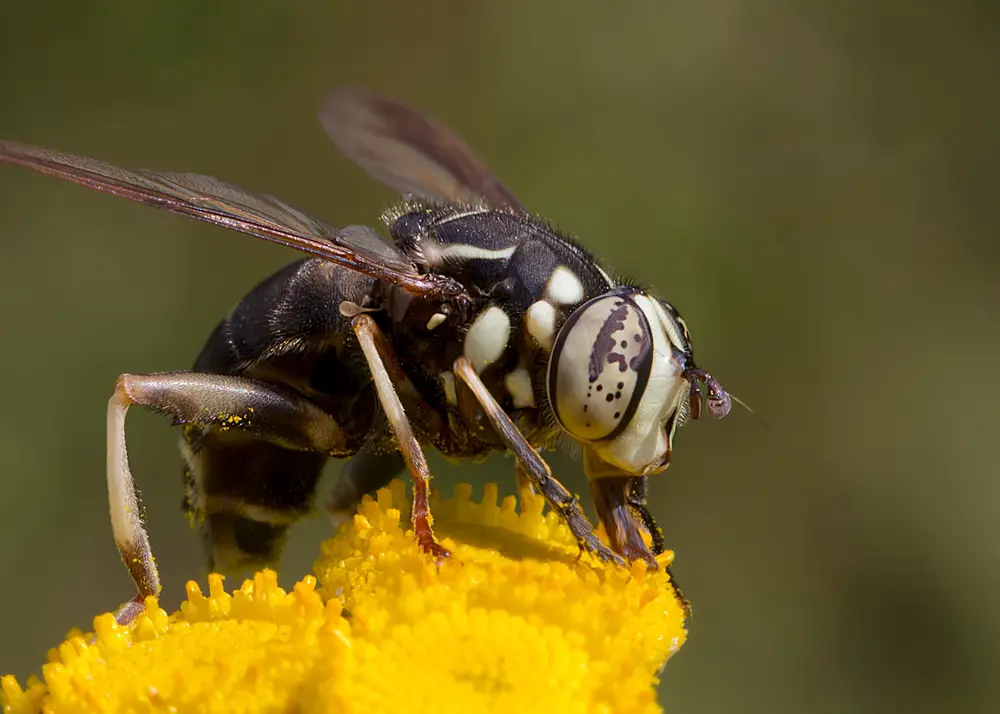
Horseflies inflict painful bites that can lead to allergic reactions, including swelling and itching. In some cases, individuals may experience dizziness or wheezing. These flies are persistent and attracted to movement, making them hard to deter. Wearing protective clothing and using repellents can reduce the risk of bites.
10. Mosquito Bites
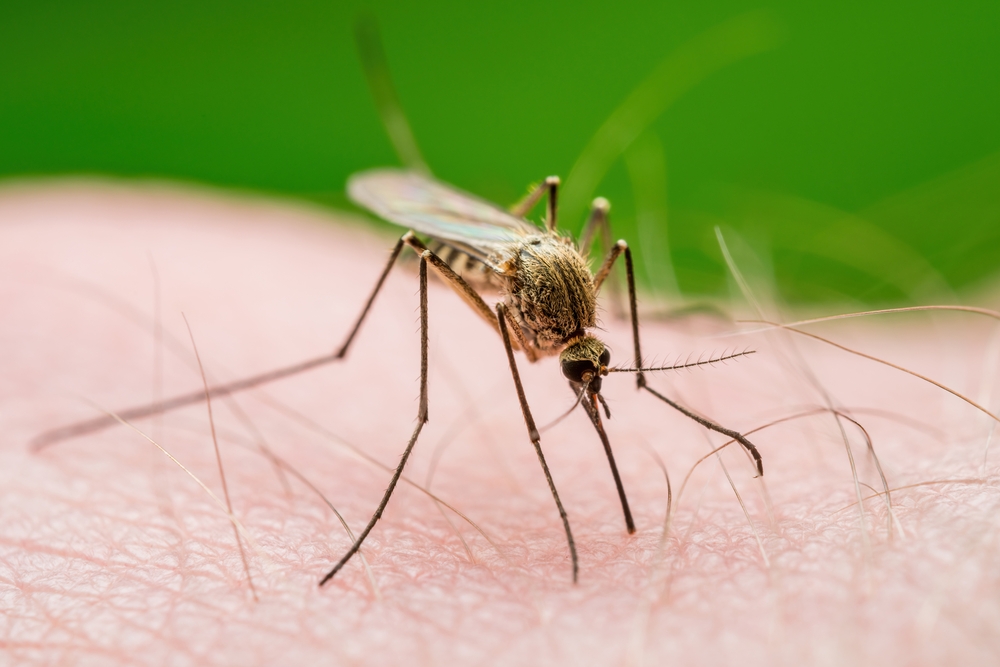
While mosquito bites often result in mild itching, some individuals develop severe allergic reactions known as “skeeter syndrome,” characterized by significant swelling and fever. Mosquitoes are also vectors for diseases like malaria and dengue fever. Preventive measures include using insect repellent, wearing long sleeves, and eliminating standing water where mosquitoes breed. Seeking medical attention for severe reactions is advisable.
11. Tick Bites
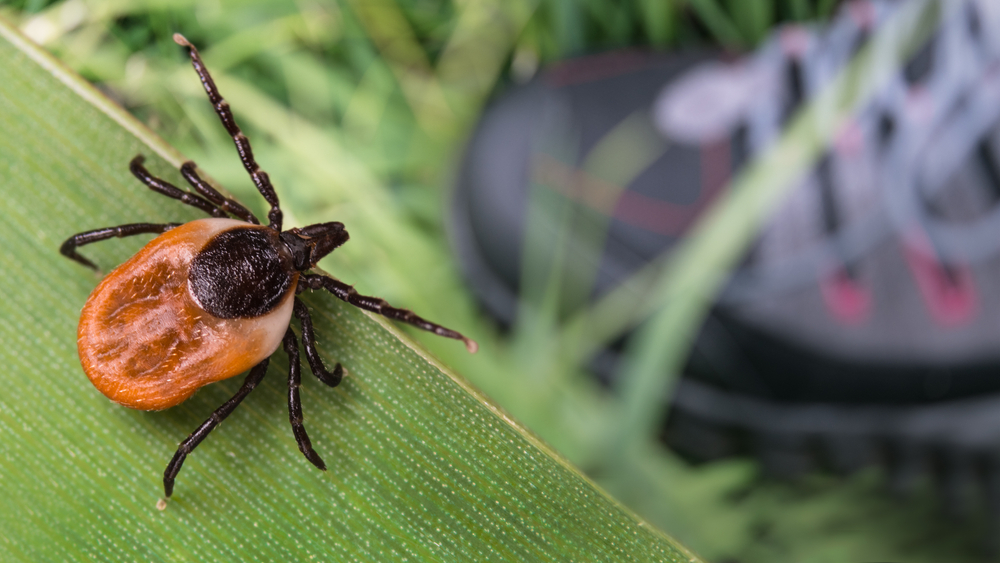
Tick bites can lead to allergic reactions, particularly in individuals sensitized to tick saliva. Notably, bites from certain ticks can cause alpha-gal syndrome, leading to a red meat allergy. Ticks also transmit diseases like Lyme disease. Prompt removal of ticks and monitoring for symptoms are essential after a bite.
12. Flea Bites
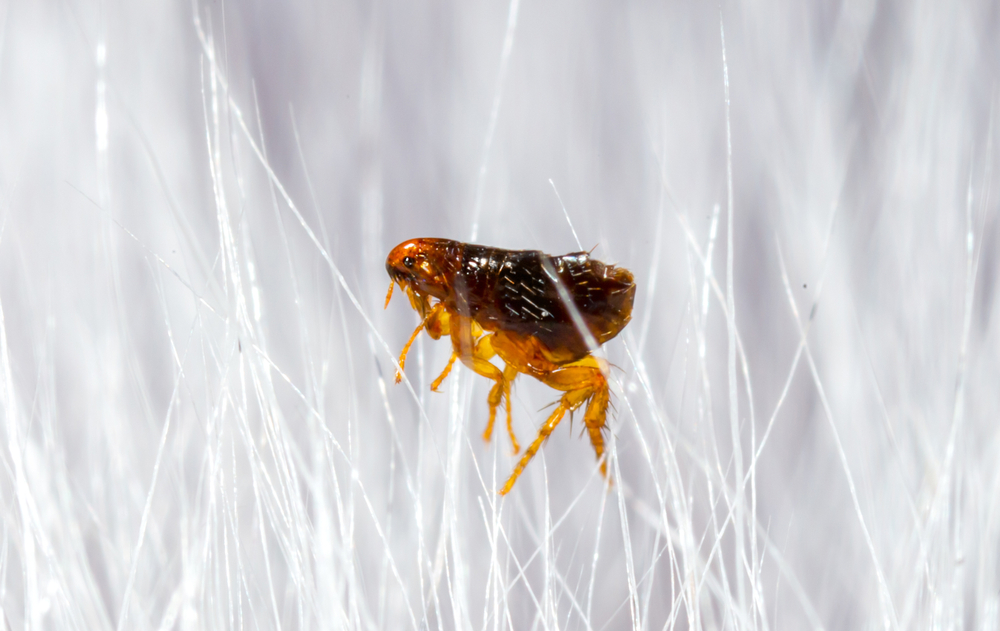
Flea bites typically cause itching and small red bumps. However, some individuals may experience allergic reactions, leading to more extensive rashes or hives. Fleas can also transmit diseases like typhus and plague. Maintaining cleanliness and treating pets for fleas can help prevent bites.
13. Bedbug Bites
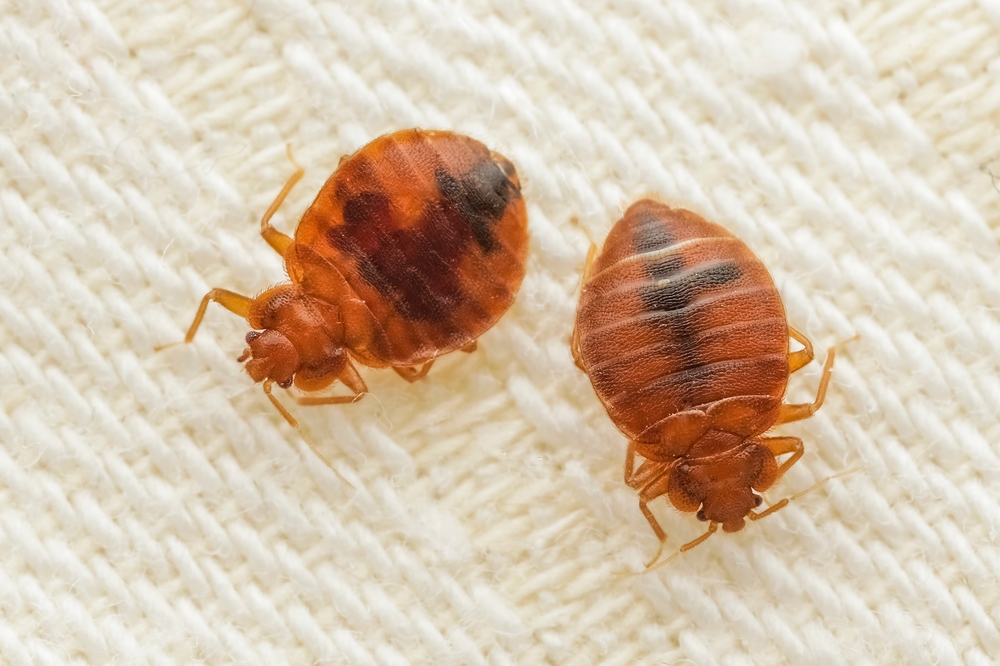
Bedbug bites can cause allergic reactions in some people, resulting in itchy welts and, occasionally, more severe symptoms like blisters. While bedbugs are not known to transmit diseases, their bites can lead to secondary infections from scratching. Eliminating infestations and maintaining good hygiene are key to prevention. Consulting a healthcare provider for persistent or severe reactions is recommended.
